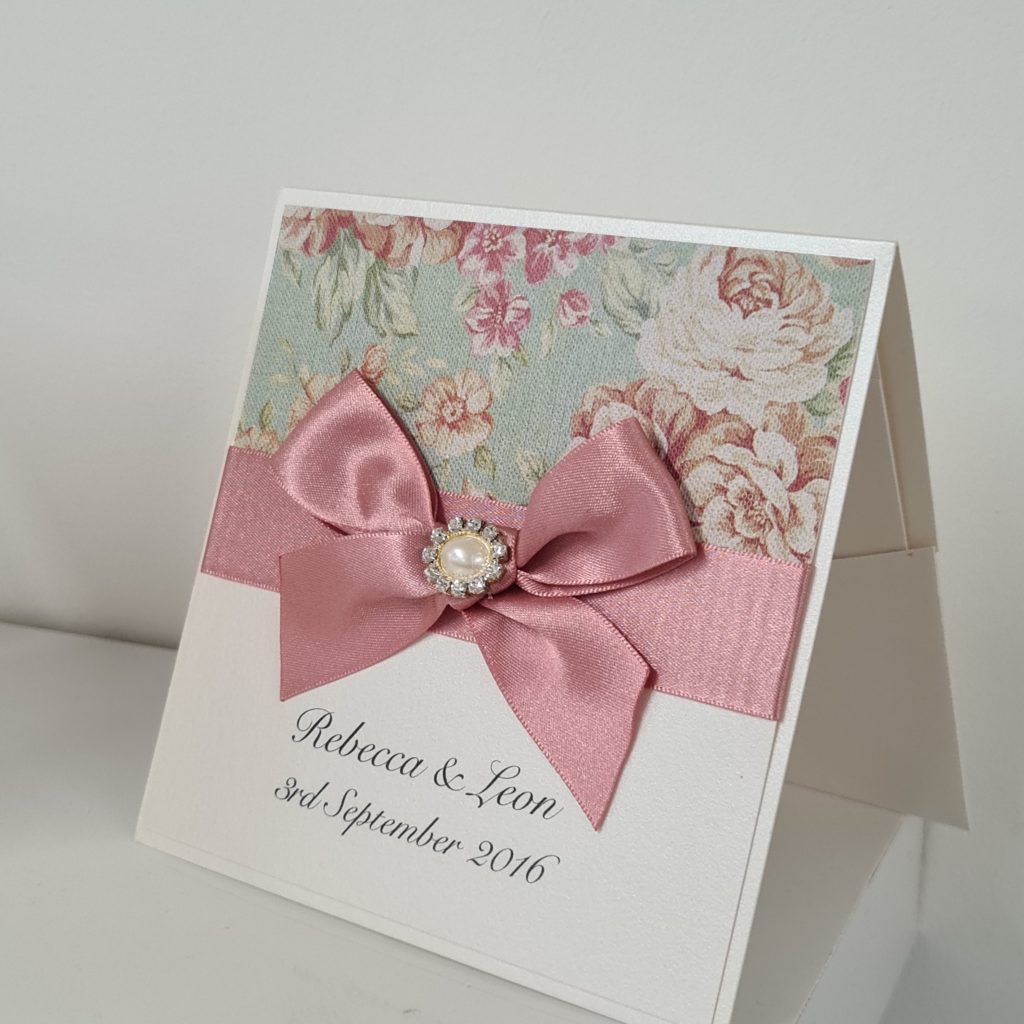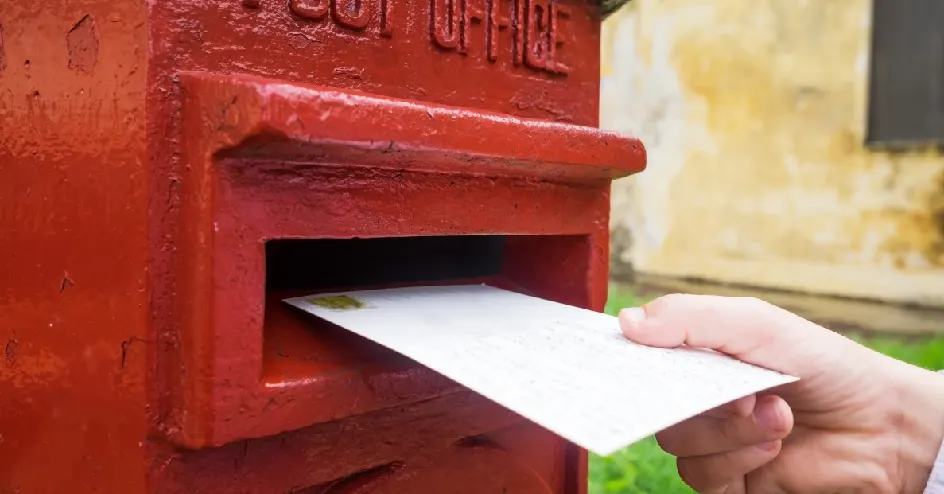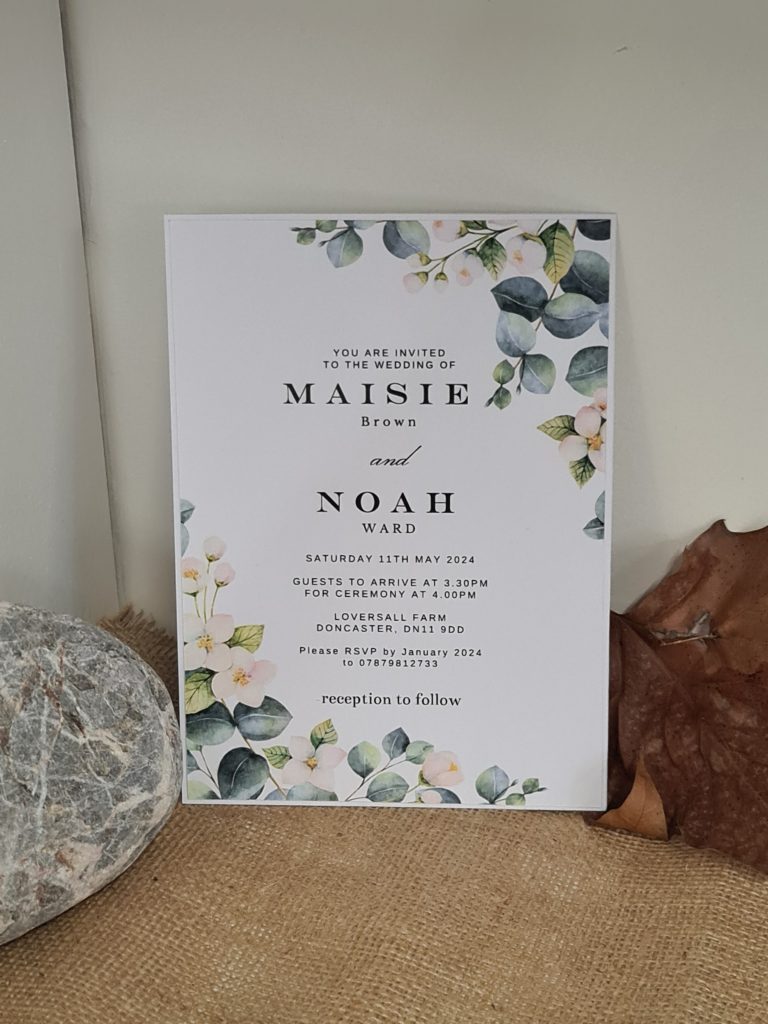What Stamp Do I Need for My Wedding Invitations? Understanding Postage Costs

Introduction
When planning a wedding, every detail counts, and this includes the stamps you choose for your invitations. The question, “What stamp do I need for my wedding invitations?” is more important than it might initially appear. Stamps will not alter the aesthetics of your wedding but the type of stamp you use can affect both the delivery and the cost of your wedding stationery. This blog will guide you through the process of selecting the right stamp for your wedding invitations, considering factors such as size, weight, and additional embellishments that contribute to postage costs.
Whether you’re sending a simple and elegant card or a complex invitation with multiple layers and embellishments, understanding the implications of each choice on postage costs is crucial. In this post, we will explore everything you need to know to make an informed decision, ensuring that your invitations not only look stunning but also arrive at their destination without a hitch.
Factors Affecting Postage Costs
When considering what stamp you’ll need for your wedding invitations, several key factors come into play. The size, weight, and thickness of your invitations all directly influence the type of postage required. Here, we break down these aspects to help you understand how they impact postage costs and the choice of stamps.
Size Matters: Matching Your Invitation to the Right Stamp
The size of your wedding invitation is the first major factor in determining postage costs. In the UK, Royal Mail classifies mail into several categories based on size. Standard sizes typically cost less to mail. If your invitation exceeds the dimensions of what is considered standard letter or large letter, you might need to pay for a larger stamp or even parcel postage.
Standard Letter: Up to 24cm x 16.5cm and a maximum thickness of 5mm.
Large Letter: Up to 35.3cm x 25cm with a thickness up to 2.5cm.
If your design features an unconventional shapes, it may also affect the type of stamp required, as non-standard shapes can lead to higher postage costs.
Weighing In: How Weight Affects Postage
The weight of your invitation is another critical factor. A heavier invitation requires a higher denomination stamp. Each weight class has its specific stamp requirements, and staying within weight limits for standard postage rates can save you significantly, especially if you’re sending out a large number of invitations.
Standard Letter Weight Limit: Up to 100 grams.
Large Letter Weight Limit: More than 100 grams but less than 750 grams.
Incorporating multiple layers of cardstock, heavy paper, or additional elements like ribbons and seals can increase the weight. Consider these elements carefully during the design phase.


Thickness and Flexibility: Ensuring Delivery without Damage
Thickness and the flexibility of your invitation can also play a significant role in determining the correct stamp. Thin paper invitations may be cheaper to make and cheaper to post but may get trapped in the sorting machines. Rigid invitations may not only require more postage but could save your invitations becoming damaged or lost in the sorting process.
To avoid extra charges, keep the thickness below the maximum allowed for your chosen size category. Additionally, consider the flexibility of your invitation; overly stiff bulky invitations might need hand-sorting or special handling, which could increase the postage cost.
Postage Costs: The Bottom Line
Each of these factors — size, weight, and thickness — impacts the type of stamp you will need for your wedding invitations and directly influences the overall postage costs. Understanding these elements will help you design a wedding invitation that is both beautiful and cost-effective to mail.
Overview of UK Postal Charges
Understanding the current postal charges by Royal Mail is essential for accurately budgeting for your wedding invitations. Knowing the specific stamps required for different types of invitations can help you plan not only your design but also your overall wedding budget more effectively.
Current Postage Costs for Wedding Invitations
The cost of posting an invitation in the UK varies primarily based on the size, weight, and format of the item. Here are the key categories and their respective postage costs, accurate as of the latest Royal Mail pricing update:
Standard Letter
- Size: Up to 24cm x 16.5cm, up to 5mm thick
- Weight: Up to 100 grams
- Cost: £1.25 for a 1st Class Stamp, £0.75 for a 2nd Class Stamp
This category is ideal for flat, single-sheet / flat card invitations without additional embellishments.
Typical envelope sizes in this category are:
DL Envelopes
C7 Envelopes
C6 Envelopes
C5 Envelopes
5×7 Envelopes
152 x 216 mm Envelopes
155 x 155mm Envelopes

Parcel Postage
If you have chosen a design of invitations with large bulky embellishments or you have opted for a boxed invitation design you may find that your only option if you are unable to hand deliver them is posting. If this is the case you may need to post them as a parcel as opposed to a letter if they exceed the large letter stipulations.
Currently Royal small parcels
- Size: Up to 45cm x 35cm x 16cm
- Weight: Up to 2000g (2KG)
- Cost: First Class £3.99 Second Class £3.19

Large Letter
- Size: Up to 35.3cm x 25cm, up to 2.5cm thick
-
Weight 1st Class 2nd Class
up to 100g £1.95 £1.55
101g to 250g £2.70 £2.40
251g to 500g £3.30 £2.70
501g to 750g £3.30 £2.70
Large letters are suitable for bulkier invitations, such as those with multiple layers of card stock or light embellishments like ribbons, seals or small crystal embellishments.
Typically envelopes in this category don’t have to be any larger in height and width than the ones in the standard letter category, however they are usually thicker and/or heavier.

Calculating Your Postage Costs
When preparing to send out your wedding invitations, accurately calculating the postage costs is crucial to ensure that your invites arrive on time and within budget.
Here’s a step-by-step guide to help you determine exactly the answer to “what stamp do I need for my wedding invitations?” while keeping an eye on the “postage costs.”
Step 1: Determine the Dimensions and Weight of Your Invitation
Begin by assembling one complete invitation, including all the usual components such as the main card, RSVP card, any additional information sheets, and embellishments like ribbons or seals.
Example: for example let’s say your invitation includes a heavyweight paper card (30 grams), an RSVP card (10 grams), and a decorative ribbon (5 grams), all within a standard sized envelope.
Step 2: Measure and Weigh Your Invitation
Using a ruler and a postal scale, measure the dimensions and accurately weigh your complete invitation. This will help you categorise your invitation as a Standard Letter or a Large Letter, and determine the corresponding postage bracket.
Example: If the total weight of your invitation packet is 80 grams and fits within the 24cm x 16.5cm size limit with a thickness less than 5mm, it qualifies as a Standard Letter.
Step 3: Check the Latest Royal Mail Rates
Refer to the most recent Royal Mail pricing guide to find out the current costs for Standard and Large Letters. Remember, rates can vary based on the weight and size category your invitation falls into.
Example: For a Standard Letter weighing up to 100 grams, the cost might be £1.25 for a 1st Class Stamp or £0.75 for a 2nd Class Stamp.
Step 4: Purchase Stamps and Send Invitations
Once you have determined the correct stamp for your invitations, purchase the stamps in bulk to cover all your invitations. Consider sending a test invitation to yourself to ensure everything is in order before sending them out to your guests.

Additional Tips for Optimizing Postage and Ensuring Safe Delivery
After calculating your postage costs and selecting the right stamps for your wedding invitations, there are several additional tips to consider to optimise your mailing process and ensure that each invitation reaches its destination safely and beautifully presented.
Tip 1: Opt for Simplicity to Reduce Costs
When designing your wedding invitations, consider the implications of every element on postage costs. Simplifying your design can significantly reduce weight and bulk, leading to lower postage costs.
Example: Instead of using multiple layers of cardstock or heavy embellishments, choose a high-quality, lighter-weight paper and limit additional decorative elements. This can keep your invitations within the Standard Letter category, minimising costs.
Tip 2: Secure Your Invitations Properly
Ensure that your invitations are secured properly within the envelope to prevent any damage during transit. A well-secured invitation is less likely to become damaged or cause the envelope to tear.
Example: Use an inner envelope to protect the invitation from any adhesives or sorting machinery. Securely fasten any loose items like RSVP cards or information sheets with a paper clip or tie them together with a light ribbon.
Tip 3: Use Clear and Accurate Addressing
Clear and accurate addressing is crucial to ensure your invitations are delivered without delay. Consider using printed labels or hiring a professional calligrapher to ensure legibility and add an elegant touch.
Example: Printed labels not only enhance readability but also prevent potential errors that could arise from handwritten addresses. Ensure the font size is appropriate and the address layout conforms to postal standards.
Tip 4: Time Your Mailings Appropriately
Timing is crucial, especially if you are scheduling your invitations around peak postal times or holidays. Allow sufficient time for delivery, especially if you’re sending invitations internationally or across significant distances within the UK.
Example: If you’re mailing around Christmas or other major holidays, add an extra week to account for the busy postal period.
Tip 5: Consider Tracking Options
For added security, especially with a large number of invitations or high-cost postage, consider using tracked mail options. This can provide peace of mind by allowing you to confirm the delivery of your invitations.
Example: While tracking each invitation can increase costs, it might be worth investing in for key guests such as VIPs, family members, or overseas guests to ensure their invitations arrive safely.
Tip 6: Test Send an Invitation
Before sending all your invitations, mail a test invitation to yourself or a close friend to check how it travels through the postal system. This can help identify any potential issues with the packaging or presentation.
Example: This test run will help you see if any adjustments need to be made to the envelope, securing methods, or even the weight and thickness of the invitation package.
By following these additional tips, you can reduce postage costs, and ensure that your wedding invitations make a perfect first impression from the moment they arrive in your guests’ hands.


Conclusion
In conclusion, when it comes to mailing your wedding invitations, understanding the postage costs and selecting the right stamps is paramount. By following the steps outlined in this guide, you can confidently answer the question, “What stamp do I need for my wedding invitations?” while keeping a close eye on your budget.
Remember, factors such as size, weight, and thickness of your invitations all play a crucial role in determining the appropriate postage, and by considering these aspects early in the design process, you can optimize your costs without compromising on style.
To ensure a smooth mailing process and guarantee that your invitations arrive safely at their destinations, it’s essential to secure your invitations properly, use clear and accurate addressing, and time your mailings appropriately.
If you’re unsure about the postage requirements for your specific invitations, don’t hesitate to consult with postal experts or visit the Royal Mail website for detailed information and guidance. With careful planning and attention to detail, you can ensure that your wedding invitations make a lasting impression on your guests.
Resources
For further information and assistance with postage costs and mailing your wedding invitations, we recommend checking out the following resources:
These resources provide valuable insights and tools to help you navigate the complexities of mailing your wedding invitations and ensure a seamless experience for you and your guests.

